Canyoning or water walking?
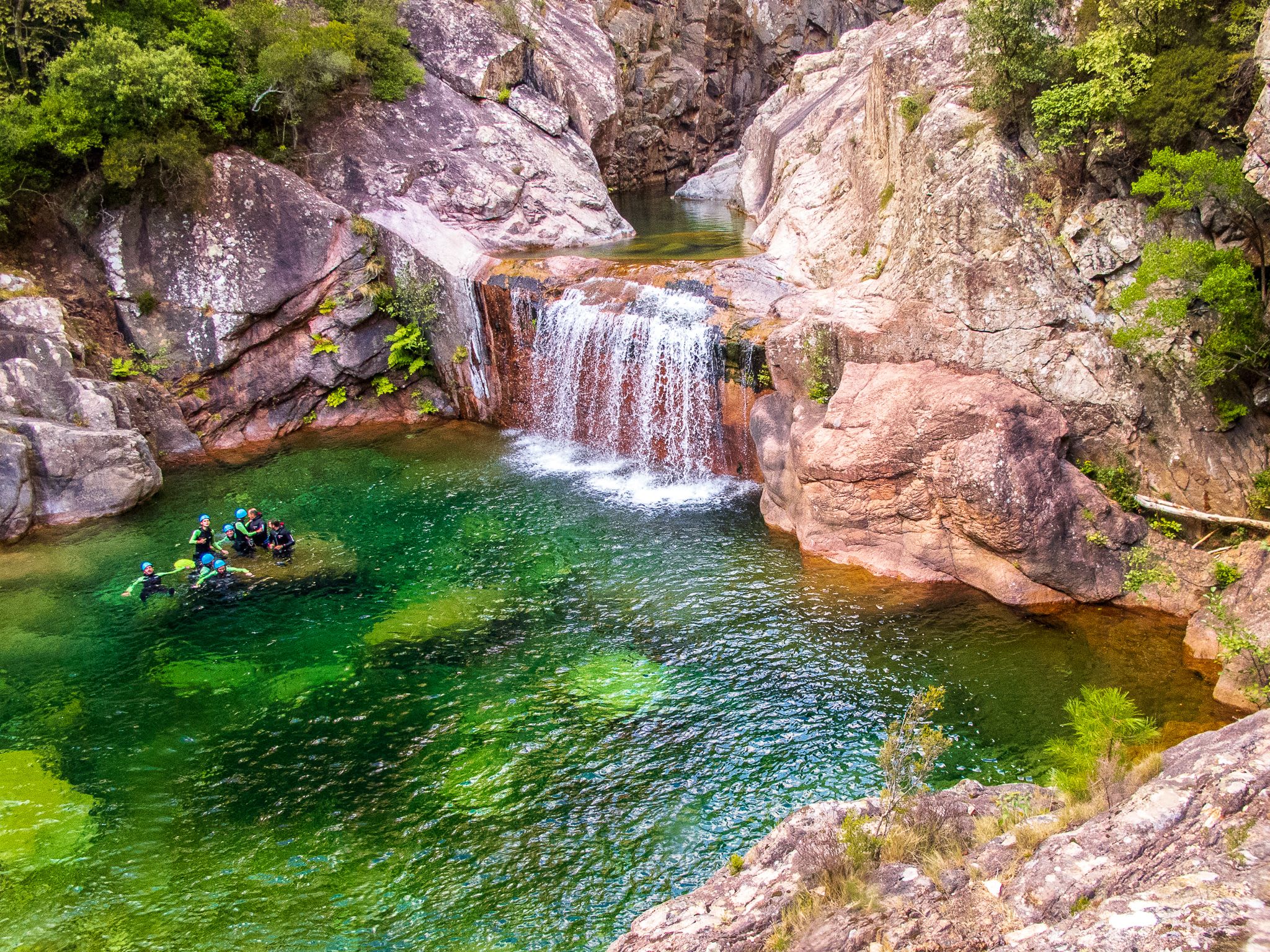
Canyoning, water hiking, coasteering, snorkeling... it's easy to get lost in all these water adventure terms. But what is the difference between these sports?
With this article we will help you to distinguish once and for all these activities and to see more clearly in the jargon of outdoor sports. Knowing the difference between canyoning and water trekking as well as snorkeling and coasteering will allow you to choose the experience that suits you best!
Snorkeling or hiking?
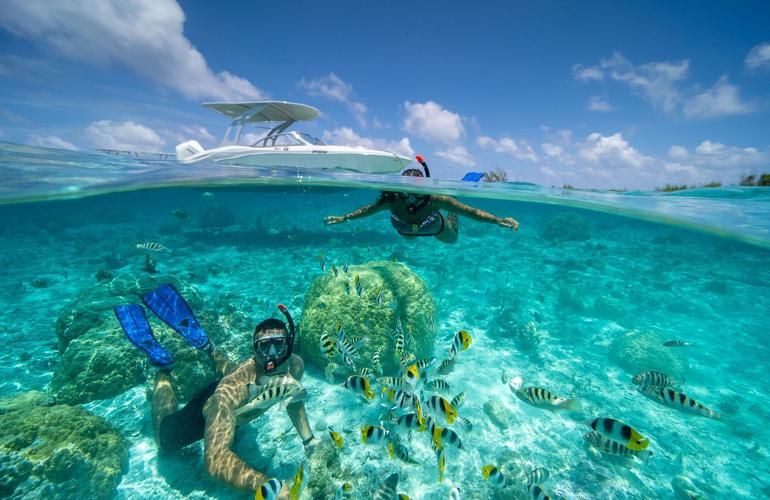
Here is a first couple of activities that can be easily confused. Snorkeling, also known as snorkeling, is not the same thing as a water hike because for the latter, you will not come across a manta ray but at best an otter...
Snorkeling, a must-do activity on a seaside holiday, is done with a snorkel, mask and fins and is similar to scuba diving. It is an activity that essentially consists of exploring the seabed and observing the different species while staying fairly close to the surface. Snorkelling is an ideal way to become familiar with the underwater world without the need for a scuba tank or any particular qualification, and is very user-friendly and perfect for doing with family or friends.
All over the world, there are wonderful spots to go snorkelling. Discover for example the 10must-see destinations for snorkeling in France.
The aquatic hike, on the other hand, is done in white water. This activity consists of walking or swimming through various obstacles in a relaxed way. Water trekking is similar to canyoning. We stress the word "similar" because there are many differences. To find out more, read on.
Canyoning or water trekking?
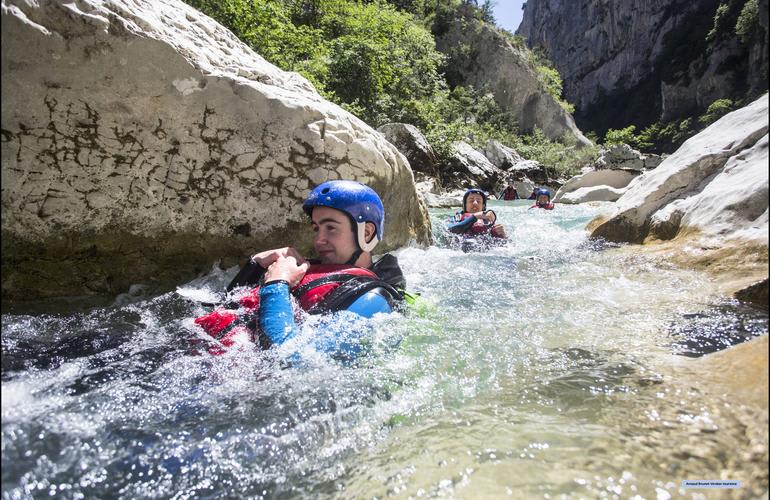
The term water trekking is often used as a synonym for canyoning. Although both are done in white water, there are several differences between these activities.
The biggest difference between canyoning and hiking is the geographical location. As the name implies, canyoning is mainly done in a canyon. The activity consists of descending a gorge, which can be narrow and difficult to access, as well as requiring abseiling down vertical features. Water trekking, on the other hand, is done in rivers and in wider spaces. It's like kayaking without a kayak!
A second difference is the equipment. Even if you are equipped in almost the same way (neoprene suit, helmet...), water trekking does not require a rope and harness because you will not have to abseil or climb. Canyoning, on the other hand, combines climbing, caving and hiking. When descending a gorge, you will have to abseil and jump from various heights. For more details, take a look at our article All aboutcanyoning.
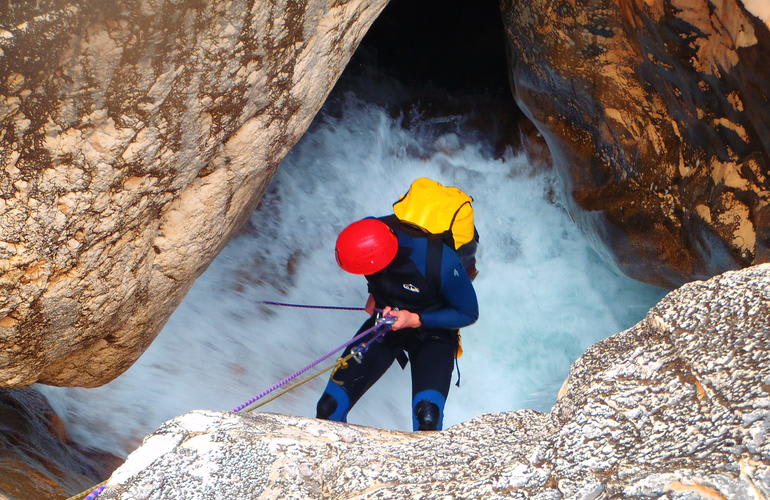
And water trekking and canyoning are original, invigorating, thrilling and require only one thing: knowing how to swim. For both activities it is strongly advised to go on an adventure with a professional guide. The differences mentioned above make the water ride more suitable for families with young children. Often the minimum age for this fun and sporty activity is 6 years old as opposed to 12 years old for canyoning.
Often a canyoning activity is cancelled because of bad weather or because there is too much or too little water in the canyon and in this case some people turn to the water trekking activity offered by the same provider as it is easier to organise and requires less commitment.
Each canyoning and water trekking experience is unique because it depends on the landscape. It is possible to find water trekking activities with a zip line and canyoning that ends in a large natural pool. Ask about the exact route when booking. Two related and quite similar activities, although canyoning is more reserved for adrenaline seekers who are not afraid of getting into dangerous situations.
Canyoning or Coasteering?
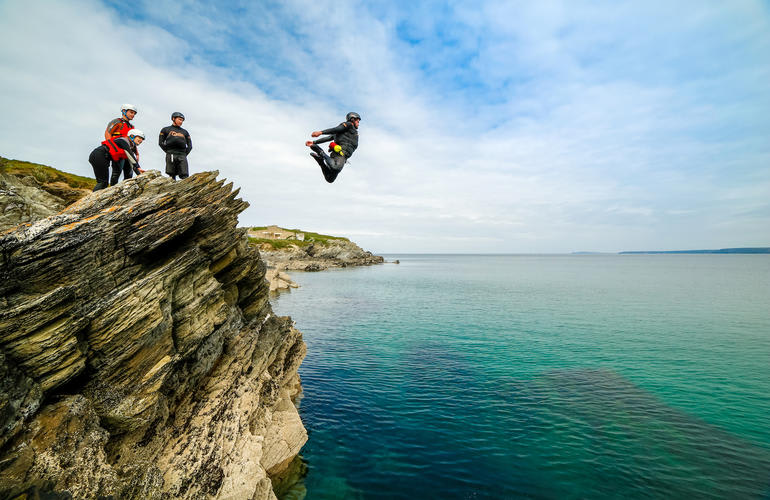
The last activity that can be confusing is coasteering. Invented by the British, this activity is very similar to canyoning as it also combines jumping, swimming, abseiling and climbing.
However, coasteering is practiced on coasts, cliffs and rocks and mainly on the ocean or lake (not in a canyon). For the perfect spot check out our article with the 10best coasteering sports in Europe.
It's up to you to choose your adventure!
The various water sports have no secrets for you anymore! Choose the next adventure that suits you best:
- Quiet to observe the fascinating underwater world? Check outour snorkelling activities.
- Fun for the whole family? Check out ourwater walking adventures.
- Looking for total immersion, adventure and adrenaline? Find your happiness with ourcanyoning activities.
- Canyoning but preferably by the sea? Our coasteering activities are for you!